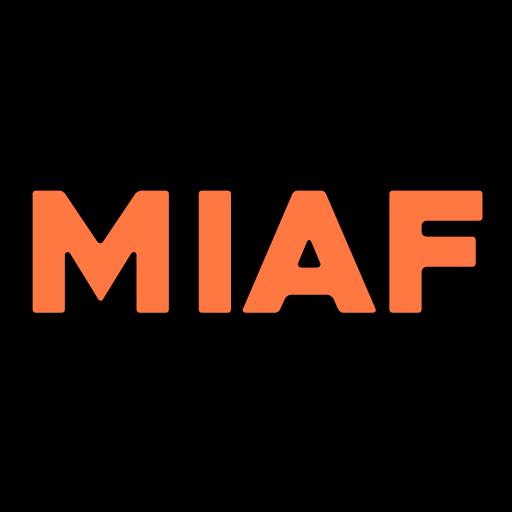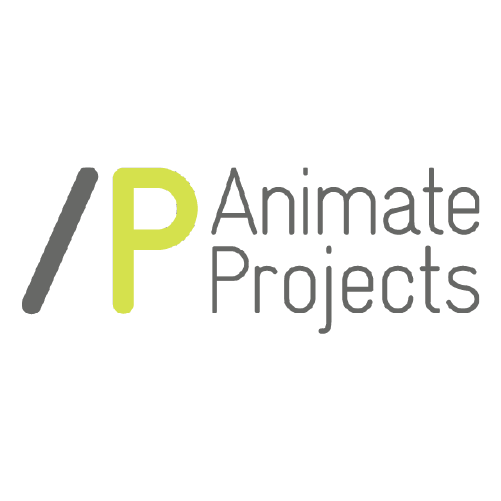Find out more or book tickets here
Horror! At its most profound; its most clenching and suffocating foundation, horror is fundamentally a state of mind. Experienced at full volume, horror grips the brain and ignites some of the simplest animal-level emotions and responses that have been hardwired into our circuitry since before we could see, hear or think, shutting down most other functions in the process. Different than ‘frightening’, horror is an imposed state forced into our minds like a poisonous gas that seeps in no matter how carefully we try to stop the gaps.
True horror works so well when it carries a toxic payload of truth on its crooked back. Perhaps something that cuts us open revealing the fragility of the mental state that we present to the world, or a shank-hook reminder that the person walking towards us in the supermarket right now may be losing that grip that we depend on him maintaining for our own safety in this uncertain and increasingly crowded world. Or the eye-jab randominium of this dance called life that could have had each of us turning left instead of right one day or meeting this person instead of that resulting in us staring down the barrel of a gun, picking up a needle, having limbs torn asunder or any of a million options holstered in the karmic repertoire of horrors.
Horror – when it’s reaaaaalllllly good – reminds us that, actually, where it counts the most, we live alone. There’s no one else in that mind we carry around with us. We share what we can and what we are prepared to, but like a malformed creature that mysteriously shares our identity, there is a part of us locked in a psychological cellar and fed just enough to keep it alive. The best horror reminds us that no prison is foolproof, no lock can be guaranteed and some thick walls are not thick enough. The best horror reminds us that a monster lurks within us and lurks within the person sitting next to us. A fright is one thing, but coming face to face with that escapee – in whatever form it has burst forth – is the horror.
“The horror, the horror” are the deathbed words of Mr Kurtz in Joseph Conrad’s classic novel Heart Of Darkness. Muttering them as he drifts into what promises to be an eternity of thorny sleep, the highly interpretable nature of that simple utterance speaks volumes (though in barely perceptible decibels) to the notion that the greatest horror lies deep, chained and unreliably restrained inside the darkest corner of our own selves, our loved ones and the strangers we must share this joy-ride with.
And so this is the dark-matter that fuelled the selection process for this very special programme. If words struggle to adequately describe ‘the horror’ then pictures must step up. And what better pictures than those crafted by some of the most creative imaginations on the planet. Animation is uniquely qualified as an artform to fully explore the extent of horror and in this collection, the horror flies free, far and high, dragging us along, captured in it’s trailing, flailing vines.

J.J. Villard’s opus of horror Son Of Satan grasps this nettle in a perfect, painful grip. Channelling some of Charles Bukowski’s darkest angels (and that is a crowded roster), Villard vividly animates a descent into a murderous hell that none of the participants, want but none can stop. The sense of wilfully running head-first towards a purposely destroyed future for no good reason that plays out before our very eyes brings readily to mind how simple it is for lives to be destroyed at the whim of the gods who apparently amuse themselves by prodding our weaknesses with sharp sticks.

Chris Shepherd unearths some of the same decomposing skeletons when he precision ploughs a similar field in his 2002 classic Dad’s Dead. The thoughtless, almost unspeakably cruel and casual violence of the main protagonist is frightening to be sure. But coming to realise that any one of us, or our kids or somebody very close to us could have been dragged into the psychopath’s gravity field as the film’s narrator has, is the real horror that pulls our hearts under water.
Almost every religion promises profound and eternal punishments for those who refuse to live by the rules. Invariably these punishments drill a thin, shrill and unanaesthetised line to the most sensitive nuclei that provides the atomic power for our deepest fears – our horrors! Being forever lost, trapped in tiny spaces or being compelled to live with a mind possessed and running out of our control usually take podium positions at the finishing line of most of these metaphoric end-games.

Many of the other films in this program invite us into these hellish recesses. Dutch filmmaker and ‘horreur-seer’ extraordinaire Rosto would have to be a nominee for lead shepherd through these subtlety terrifying terrains. His earlier Mind The Gap animated projects are billboards to his mastery of these spaces but his latest, Lonely Bones brings a layer of sinister finesse that suggests Rosto is a long way from running out of inspiration yet. Hendrick Dusollier, a filmmaker with a generally gentler catalogue of films to his name, evokes the tiniest and most confined all imaginable hells in his film Face. And Canadian Fredrick Tremblay’s Blanche Fraise crafts a world that shimmers with an exquisite despair that will probably be without end for the characters trapped in it.
We could have gone for cheap thrills and the sudden shock. That would be a good programme too. But we want something more valuable than your nervous laughter. We want you to leave a small part of your soul behind in this cinema (don’t worry, we’ll take good care of it, clean it regularly and show it lots of wonderful films – although it will never be allowed to leave), we want you to leave having felt The Horror
Who’s sitting beside you? Who’s driving you home tonight? Who’s cooking your food the next time you go out for a meal? Who’s behind you on the escalator? Sure, you’re OK – but how are they?
Malcolm Turner (LIAF Co-Director)
10 Horror Animations screens on 31st Oct (naturally) at the Barbican. Find out more

















